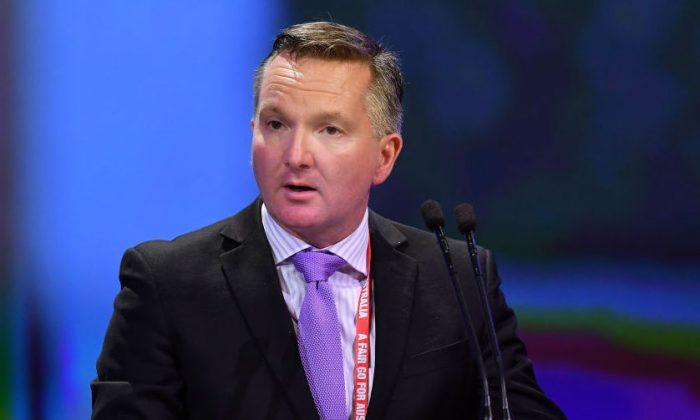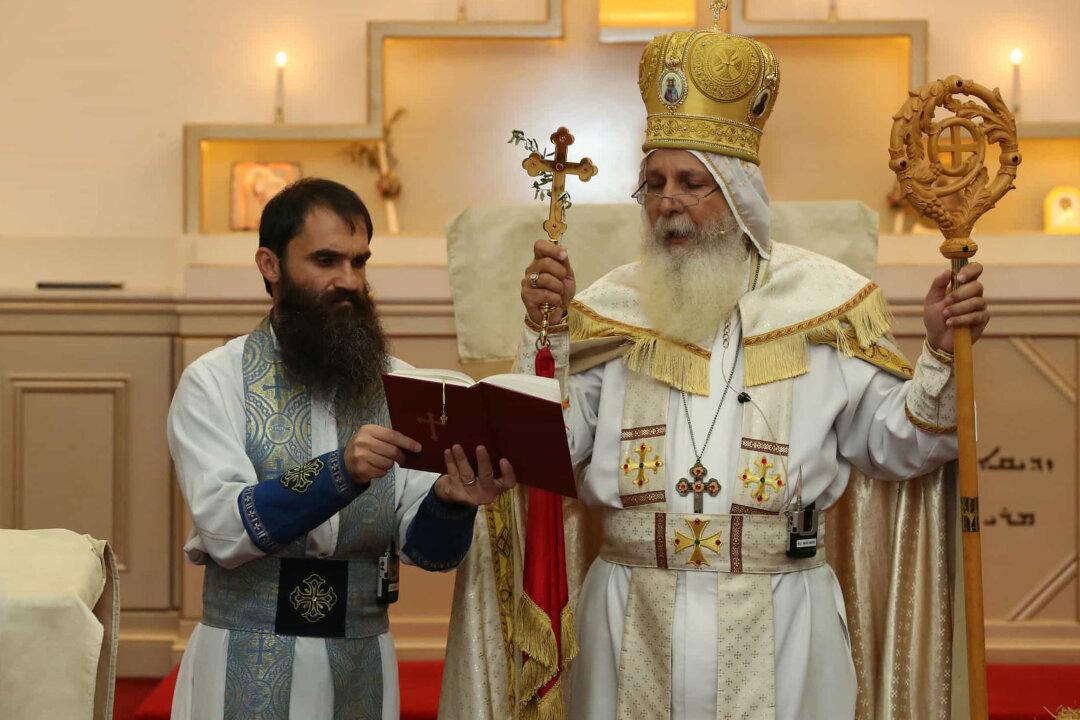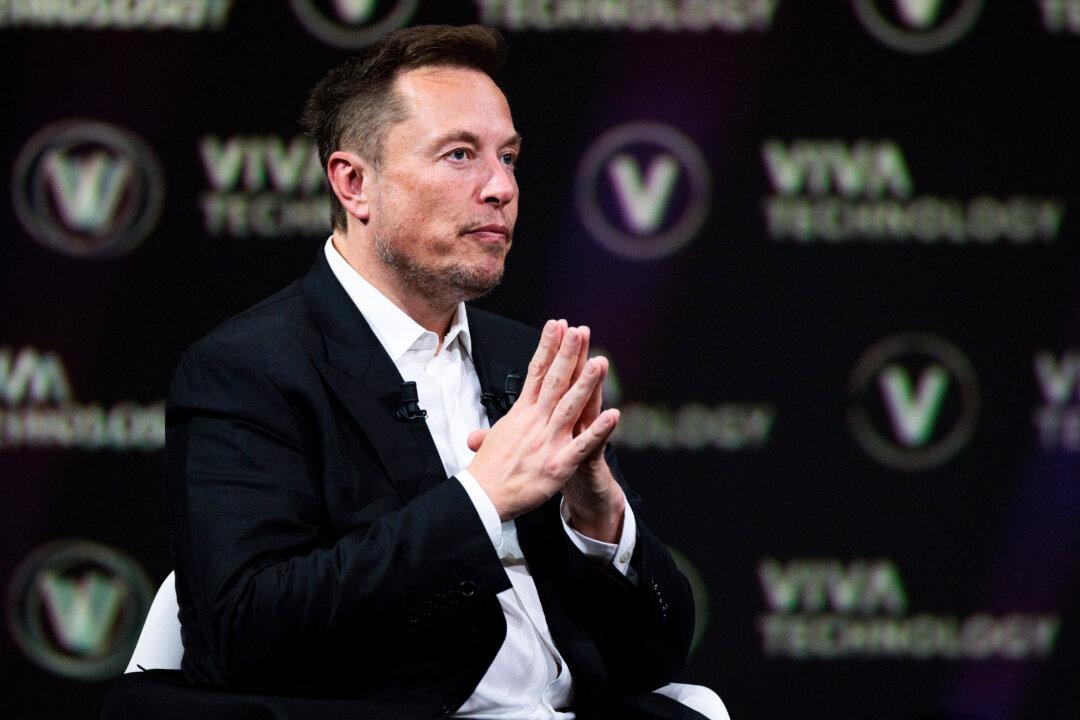Australia’s Minister for Climate Change and Energy, Chris Bowen, has revealed the new centre-left Australian government’s climate bill, which will set a target of 43 percent emissions reduction by 2030 and net-zero by 2050.
Speaking to the National Press Club on Wednesday, Bowen said Labor would establish a Climate Change Authority to “assess and publish progress” against the target and advise the government on future targets.
Under the bill, the climate change minister would need to report annually to Parliament on progress in meeting the targets.
“Finally, as part of the consequential legislation, we'll insert the nation’s targets in the objectives and functions of a range of government agencies, including ARENA, CFC infrastructure Australia and the NAIF,” Bowen added.
In a bold statement to the crossbench, Bowen said Labor would be “happy” to hear ideas that “improves, not undermines” the bill and won’t be “entertaining any amendments” not in line with the party’s agenda and mandate.
He said while legislation is being regarded as best practice, it is not necessary.
Australia’s Energy Crisis
The ambitious climate target has been criticised by Opposition Leader Peter Dutton, who previously accused Labor of “spooking the market” by “transitioning into renewables too quickly,” as Australia’s economy is still heavily relying on the fossil fuels sector.On June 15, Dutton said the push for renewables has seen businesses closing down coal operations and gas supply “at a time where we shouldn’t be doing that.”
“We’re coming into an energy crisis,” he told a press conference in Perth, “Everyone is in favour of renewables, but we have to have a sensible transition.”
Difficult Transition To Renewables
Meanwhile, a recent study has found that in order to transition to a renewable economy, Australia will need to find a way to dispose of 40 million tonnes of wind turbine’s “blade waste” by the end of 2030.The study’s author, Professor Peter Majewski from the University of South Australia, said on June 20: “As it is so expensive to recycle them (wind turbines), and the recovered materials are worth so little, it is not realistic to expect a market-based recycling solution to emerge,
He also urged to “bring as much coal supply back into the system as soon as possible,” saying this would aid a “successful transition” to renewables over the longer term and ease pressure on the power price.





Friends Read Free